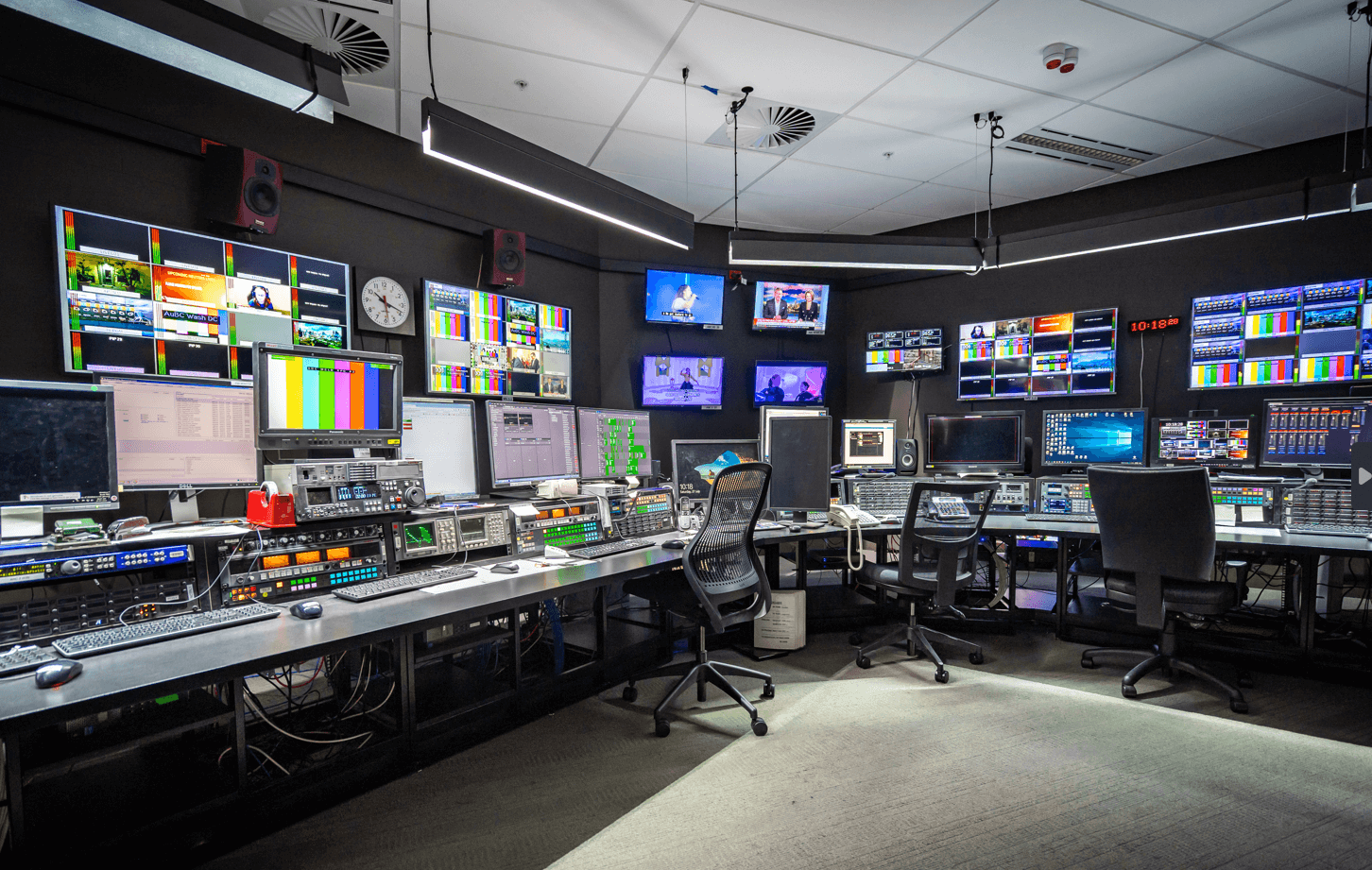Sdove is a video compression technology based on H.264/H.265, commonly used for video transmission in KVM matrix systems.
The following is the workflow for KVM matrix video compression based on Sdove:

Video Source: The video source in the KVM matrix system can be a computer, server, camera, and so on. The video source outputs the original video signal.
Sdove Encoder: Use the Sdove encoder to compress the original video signal. The Sdove encoder employs H.264/H.265 encoding algorithms to convert the original video into highly compressed video streams by removing redundant information and utilizing statistical characteristics of the video content.
The Sdove encoder can also perform real-time image optimization and noise reduction to enhance video quality.
Compression Parameter Configuration: Depending on requirements and network bandwidth limitations, configure the compression parameters of the Sdove encoder. This includes bit rate, resolution, frame rate, and more to strike a balance between video quality and transmission efficiency.

Network Transmission: The compressed video stream is transmitted over the network to the target device.
Sdove utilizes adaptive streaming control algorithms to dynamically adjust the video's transmission rate based on the current network conditions to ensure stable and smooth video transmission.
Sdove Decoder: Use the Sdove decoder on the target device to decode the received video stream. The decoder restores the compressed video stream to the original video signal.
Target Display: The decoded video signal is displayed using the display on the target device. This can be a display connected to the target device, a monitor, or any other video output device.
Sdove, as an efficient video compression technology, enables high-quality video transmission and display in KVM matrix systems.
It minimizes bandwidth requirements to the maximum extent by optimizing encoding algorithms and dynamic stream control, providing outstanding video quality and smoothness.
Specific implementation details and configuration parameters may vary depending on the specific KVM matrix system and usage scenarios.

